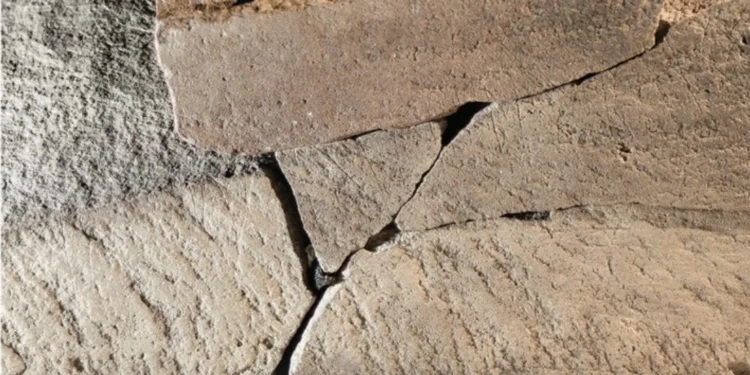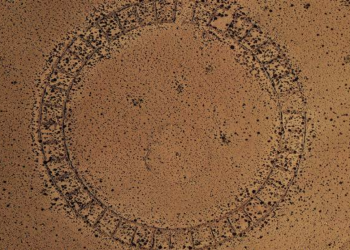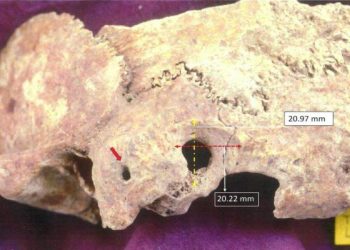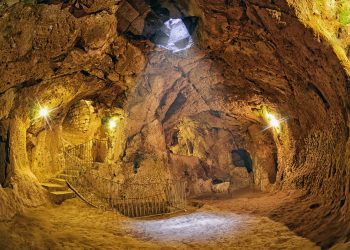Archaeologists in Norway have uncovered something extraordinary—fragments of what may be the world’s oldest known rune-inscribed stone, found scattered across the Svingerud burial field. This groundbreaking find challenges existing theories about the origins of runic writing and suggests that early Germanic societies may have had more complex burial traditions than previously thought.
A Puzzle from the Past: Assembling a Forgotten Story
Buried beneath layers of history, these rune-engraved sandstone fragments were pieced together like a jigsaw puzzle, revealing a mysterious collection of symbols and inscriptions. The discovery suggests that the original rune stone was deliberately broken apart and distributed among multiple graves, raising intriguing questions about its role in ancient Scandinavian funerary practices.
Dr. Kristel Zilmer, a runology expert at the University of Oslo, describes the find as an unparalleled opportunity to decode early runic traditions. “Tracing the origins of runic writing is incredibly difficult, but these fragments provide a rare glimpse into how early societies may have used runes for both ceremonial and everyday purposes,” she explains.
The Oldest Rune Inscriptions Ever Found?
What makes this discovery even more significant is the dating of the burial site. Radiocarbon analysis of cremated human remains and charcoal found within the graves places these rune-inscribed stones between 50 BC and AD 275—centuries older than any previously discovered rune stone.
Dr. Steinar Solheim, the lead researcher, emphasizes the implications: “Finding runic inscriptions in such a well-preserved and datable context is almost unheard of. This challenges our assumptions about the evolution of written language in Northern Europe.”
A Sacred Symbol or an Ancient Writing Experiment?
The symbols on the rune fragments are unlike anything seen before, featuring a mix of known runes and cryptic markings. Could these be an early form of experimentation with writing, or do they hold a deeper symbolic meaning related to the deceased? One prevailing theory is that the fragmentation of the rune stone was intentional—perhaps a ritual meant to link different graves or establish continuity between generations.
Archaeologists believe this is just the beginning. The research team plans further excavations at the site, hoping to uncover more clues about how these rune stones were used and why they were deliberately fragmented. This discovery may ultimately rewrite our understanding of early Scandinavian writing systems and burial customs.











